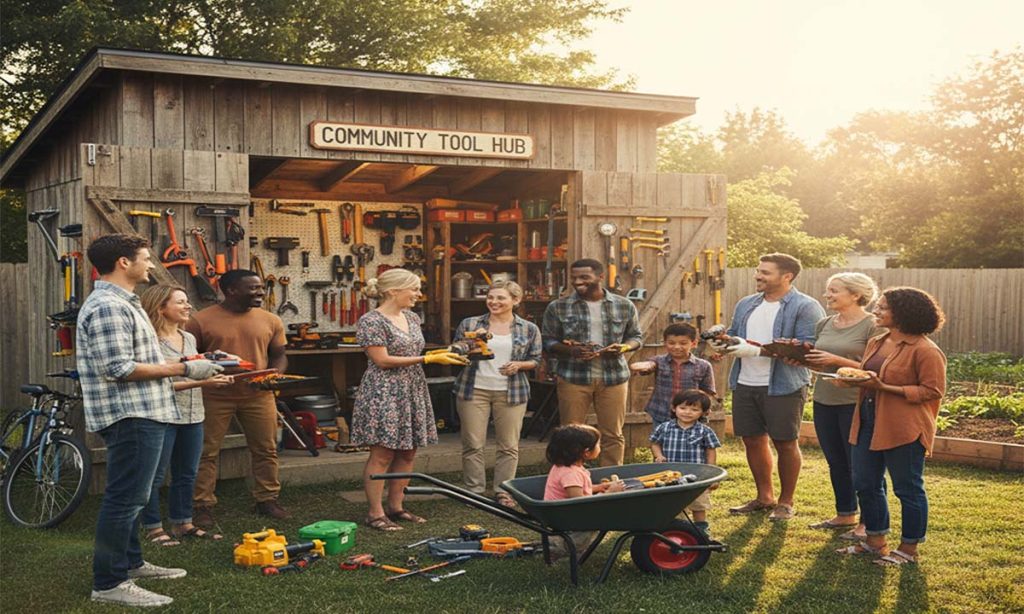Encouraging physical activity in your community is essential for improving overall health and well-being. Integrating community health and wellness workshops into your initiatives can also provide valuable education and support. Here’s a comprehensive guide to help you promote and sustain physical activity initiatives:
1. Assess Community Needs and Interests
Conduct Surveys: Use surveys or community meetings to understand the current levels of physical activity, interests, and barriers faced by residents. This information will help tailor programs to meet community needs.
Identify Key Groups: Determine which segments of the community may benefit most from increased physical activity, such as children, seniors, or specific demographics.
2. Develop a Variety of Programs
Organize Fitness Events: Host community fitness events such as fun runs, walks, bike rides, or outdoor exercise classes. Events like these can attract diverse participants and create excitement around physical activity.
Offer Classes and Workshops: Provide regular fitness classes or workshops, possibly starting with a community health fair to introduce different types of exercise, such as yoga, Zumba, or martial arts. Ensure that classes are accessible to all fitness levels and age groups.
Create Sports Leagues: Establish community sports leagues for various age groups and skill levels. Consider popular sports such as soccer, basketball, or tennis, and offer recreational and competitive options.
Develop Walking and Biking Trails: Improve or create safe, accessible walking and biking trails. Collaborate with local authorities to ensure the trails are well-maintained and clearly marked.
3. Promote Awareness and Engagement
Utilize Social Media: Leverage social media platforms to promote physical activity events, share success stories, and provide tips for staying active. Create a community group or page to keep residents informed and engaged.
Collaborate with Local Organizations: Partner with local schools, businesses, and health organizations to spread the word about physical activity programs. Joint efforts can enhance outreach and support.
Distribute Informational Materials: Create and distribute flyers, posters, and brochures that provide information on physical activity opportunities, benefits, and tips. Place materials in high-traffic areas like libraries, community centers, and gyms.
Launch a Campaign: Initiate a community-wide campaign to encourage physical activity. Use slogans, challenges, and incentives to motivate residents to get moving and stay active.
4. Foster a Supportive Environment
Build Community Partnerships: Work with local businesses, schools, and health organizations to support physical activity initiatives. Partnerships can provide resources, volunteers, and additional promotion.
Create Incentives: Offer incentives such as rewards, recognition, or discounts to participants who reach physical activity milestones or regularly attend classes and events.
Ensure Accessibility: Make sure that physical activity programs and facilities are accessible to all community members, including those with disabilities. Consider offering low-cost or free programs to ensure inclusivity.
Promote Safe Spaces: Develop and maintain safe, well-lit spaces for physical activity. Ensure that parks, trails, and sports facilities are regularly cleaned and monitored for safety.
5. Encourage Long-Term Participation
Offer Flexible Scheduling: Provide flexible scheduling options for fitness classes and activities to accommodate various lifestyles and commitments. Offer morning, afternoon, and evening sessions to cater to different preferences.
Create Support Groups: Establish support groups or fitness clubs where residents can connect, share their experiences, and encourage each other. Building a sense of community can enhance motivation and adherence.
Evaluate and Adapt: Regularly evaluate the effectiveness of physical activity programs through feedback and participation rates. Be willing to adapt and improve programs based on community needs and preferences.
Celebrate Milestones: Recognize and celebrate achievements, whether they are personal fitness goals or community-wide milestones. Hosting awards ceremonies or appreciation events can boost morale and maintain enthusiasm.
6. Measure Impact and Share Success
Track Progress: Monitor participation rates, health improvements, and community feedback to measure the impact of physical activity initiatives. Use data to make informed decisions and showcase successes.
Share Success Stories: Highlight success stories and positive outcomes in local media, on social media, and through community newsletters. Sharing these stories can inspire others and demonstrate the benefits of physical activity.
Conduct Follow-Up Surveys: Perform follow-up surveys to gather additional feedback and assess changes in physical activity levels and community satisfaction. Use this information to refine and enhance future programs.
Conclusion
Promoting physical activity in your community involves assessing needs, developing diverse programs, and fostering a supportive environment. By engaging residents, creating accessible opportunities, and celebrating achievements, you can encourage a healthier, more active community.






